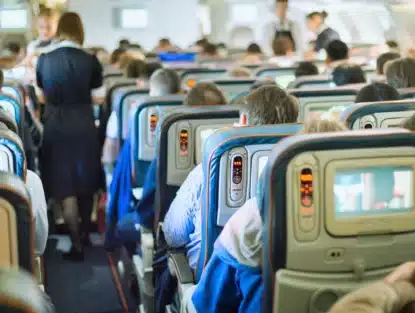
13 Sep, 2016
Turbulence Causes a Wave of Injuries for Flight AttendantsRecent reports reveal that severe turbulence has been responsible for a wave of injuries involving…
Harry Shuford, the chief economist at the National Council on Compensation insurance moderated a panel of insurance industry leaders. The panel addressed the issue of the effect the recession would have on Workers’ Compensation. The panel concluded that a recession tends to place downward pressure on exposure. Their findings were told to attendees during the Casualty Actuarial Society’s ratemaking and product management seminar.
According to Shuford, recessions cause a decrease in employed workers. Wages continue to grow but at a much slower pace.
“In the first two of the three most recent recessions, claim frequency dipped dramatically,” he said. “In the most recent recession of 2001, the downturn was already under way, and there was an increase in the rate of decline.”
During a recession, indemnity severity growth slows, driven by the slow wage growth.
“The biggest impact on indemnity severity comes the year after the recession as the average weekly wage levels during the recession appear in the benefits structure,” he said.
Fewer jobs are available during a recession which caused the rate of on-the-job injuries to decrease. Once the economy starts to recover, more jobs are created and the incidence of work related injuries increases.
At the beginning of a recession, workplace injury reporting increases. Frank Schmid, director and senior economist at NCCI believes that this is indicative of moral hazard or opportunistic behavior. Anecdotal evidence shows that during large layoffs, there is an increase in workers’ compensation claims that would not other wise be filed.